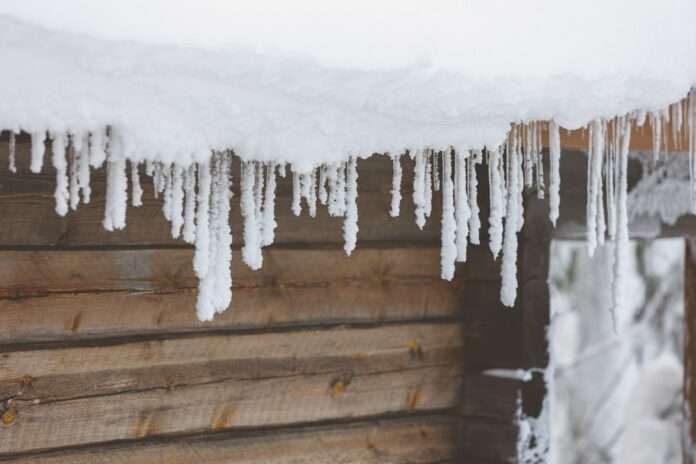Is it time to start thinking about preparing your home for a natural disaster? Here’s how to do it sustainably.
With climate change worsening and the effects of pollution and global warming intensifying, the frequency of natural disasters is increasing. Treacherous weather events are happening at increasing rates each year, and it’s never been more important that homeowners everywhere can take the right steps to protect their properties and themselves against the effects of natural disasters.
What natural disasters should you be prepared for?
You likely know already what disasters pose the biggest risks to your property. If you’re in the South, it would be hurricanes and flooding. In the West, fires and earthquakes, and so on. But with the changes happening to the planet at rapid rates, natural disasters can strike almost anywhere at any time. But do plan according to those your home is most at risk for.
How to prepare for natural disasters
You don’t need to go Y2K and build a bunker, but we won’t fault you if you do. What you should have on hand are a few essentials:
- Flashlights and candles/matches
- Several hundred dollars in cash
- At least a half-full tank of gas
- A portable phone charger
- Batteries
- First aid kit
- A tent or shelter structure
- Several days’ worth of potable water or a way to boil non-potable water
- Several days’ worth of food for every member of your household
- Warm clothing and blankets
- ID or photocopies of your ID for all family members
- Pet food and supplies
- If you live in areas prone to flooding, life jackets and sandbags
Let’s dive into the specifics.
Protecting your home
There’s good and bad news here. If you’re in the path of fire (or lava!) there’s little you can do to protect your home beyond removing valuable items. If the threat is flooding or hurricanes, you stand a better chance of recovering some items, particularly if you take precautions.
Have supplies on hand to board up windows and doors. This will not only protect your home from debris and high winds but also from looters after you’ve vacated.
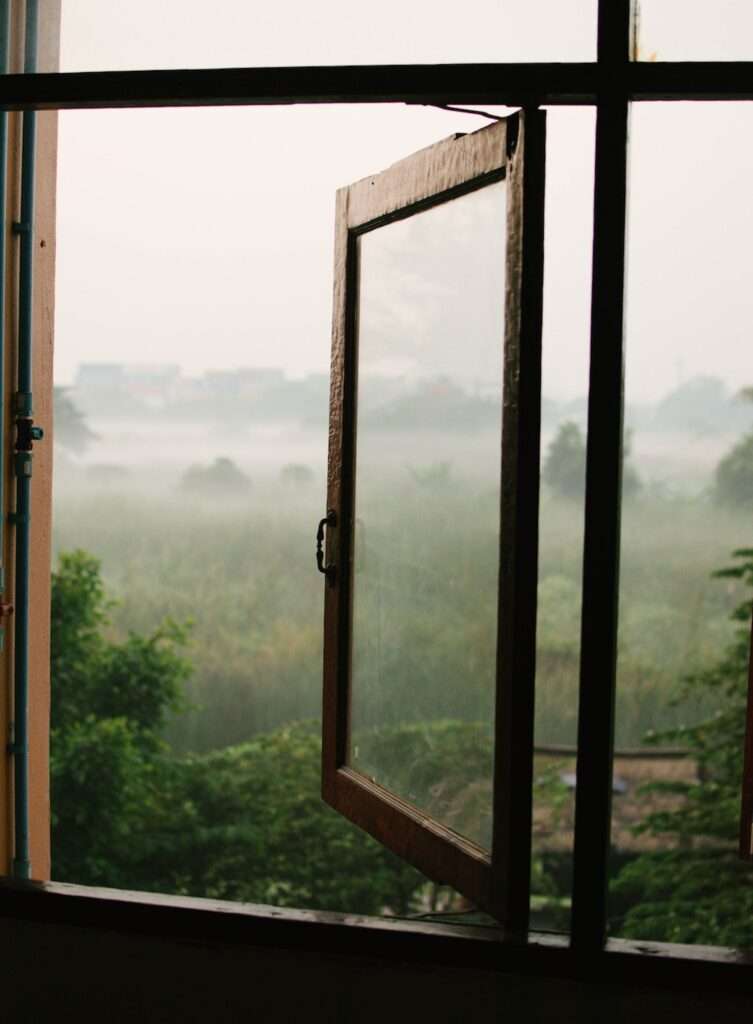
Invest in a good strong waterproof safe or lock box and keep valuables there at all times. You can either take this with you or hope for the best in the case of water damage.
Be sure to turn off the gas if you have time to help reduce the risk of fire. This can protect your home as well as the homes of your neighbors. Be sure you know where your gas meter is and turn it off as soon as possible once your home is in danger.
For blizzards or dangerously cold temperatures, leave a faucet or two just slightly so that you can have running water. Pipes can freeze in inclement weather but keeping water running can help prevent it.
Invest in property protection
The average property isn’t exactly equipped to handle the effects of extreme weather events, especially if you’re not living in a strong brick or concrete home.
As a result, it’s always going to be beneficial for you to invest in extra protection for your property, as there are lots of ideas that you can explore to add another layer of security to protect your home during bad weather. For example, some hurricane window shutters can be a brilliant option that will minimize the risks of debris smashing through your windows.
When a hurricane or other similar disaster takes place, high wind can pick up heavy objects and send them hurtling towards your home, windows are generally the weakest aspect of your home, and they could easily break and compromise the security and safety of your property.
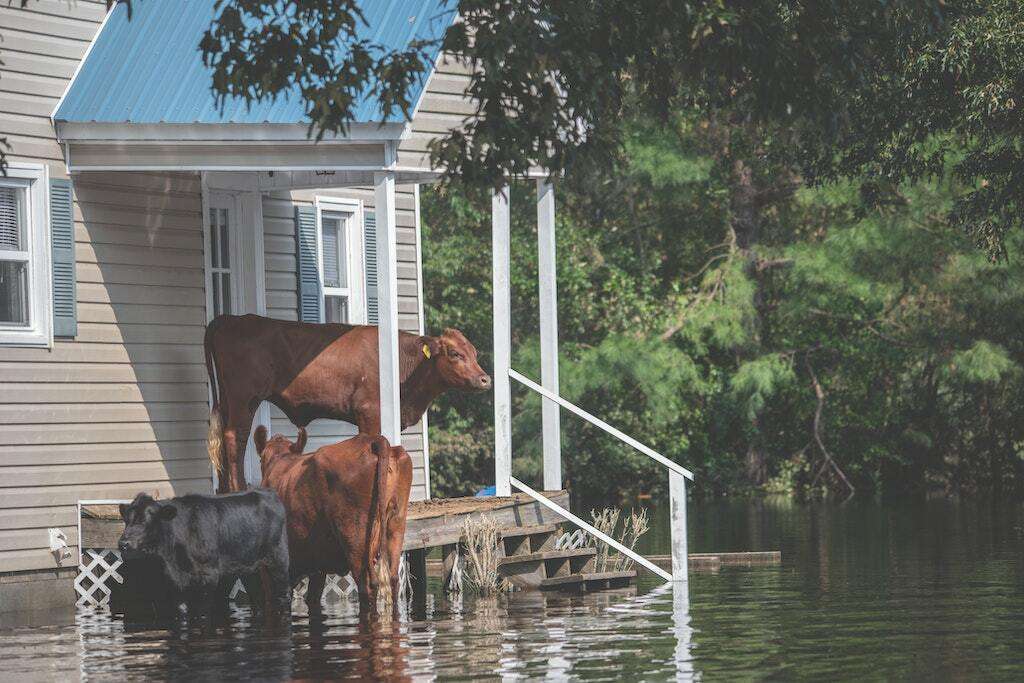
It’s also a good idea to get some sandbags that you can place at the bottom of external doorways, as this can help to stop flood water from entering your home.
How’s your roof? A roof in need of replacement is less likely to survive an extreme weather event, so replacing or repairing your roof will help protect your home.
Be sure to trim trees that could damage your home or your neighbors’.
Stocking up on supplies
If covid taught us anything, it’s that stocking up on supplies is best not left to the last minute. When weather conditions become too extreme, there’s little chance that you’ll be able to get outside and go to the store, so always have some items on hand and some items ready to take with you.
Even when the event has passed, you might find that stores are closed due to damage or an inability to receive deliveries. Having everything that you need within reach will make it so much easier for you to sit tight and wait out the worst of it, as you’ll be able to access whatever you require without having to venture out while a natural disaster is taking place.
Start by stocking up your kitchen, as you’re going to need as much food as possible that won’t go out of date too quickly. Opt for canned foods, dried foods, frozen foods, and preserved foods, as they last far longer than fresh alternatives.
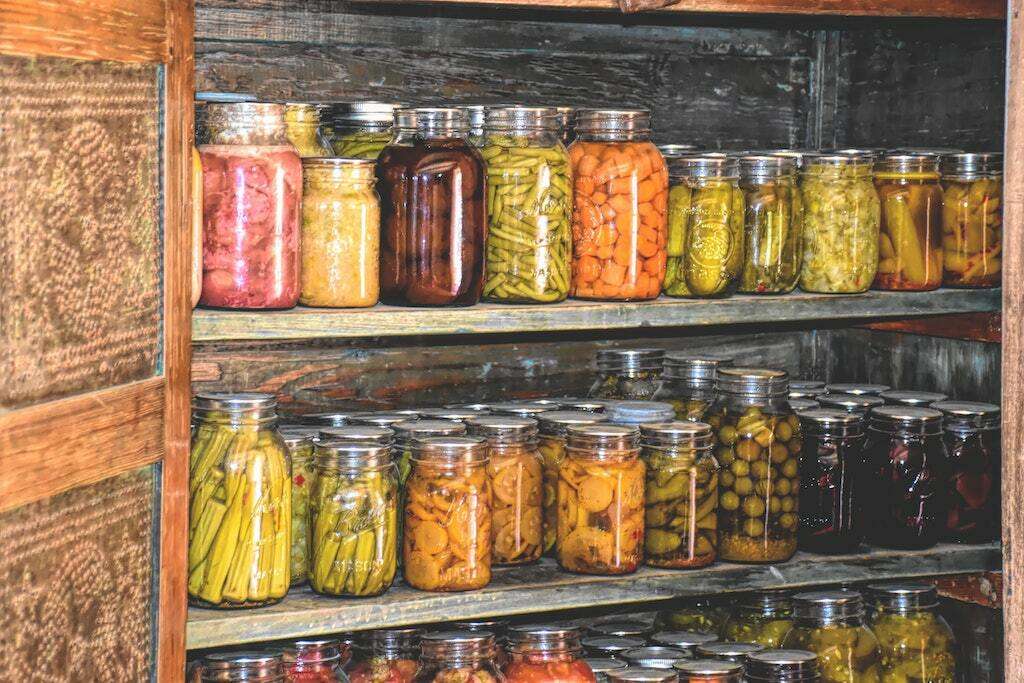
It’s also a good idea to keep some of your kitchen stock in a box that you can easily grab if you need to make a swift exit from your home. You will also benefit from stocking up on your bathroom supplies too, including toilet paper, toothpaste, and soap. Buy shampoo, shower gel, and other toiletries that you use on a daily basis, as they’re not going to go bad and you’re always going to use them no matter what the weather is doing.
This goes for your critters, too—have some supplies on hand for your dogs and cats and ways to keep them safe such as leases or carriers.
Organic and sustainably sourced foods can last as long as conventional, so if you’re stocking up on essentials like granola, beans, or pasta, there’s every reason to make these purchases healthier for you and the planet buy choosing the organic option.
There are also a number of dehydrated organic camping food options that store well and long-term.
When stocking up on supplies, make sure you check your inventories every few months and use up and replace items before their expiration date. This is all the more reason to invest in high-quality foods, and even book a camping trip!
Where to keep your supplies
So you’ve got all the goods for a disaster taking up space in your living room. That’s less than ideal. Some items can and should live in your vehicle, such as extra clothes, flashlights, and first aid. Keep food and toiletries inside, in boxes or coolers. These can be in your shed or garage, or a closet by the door.
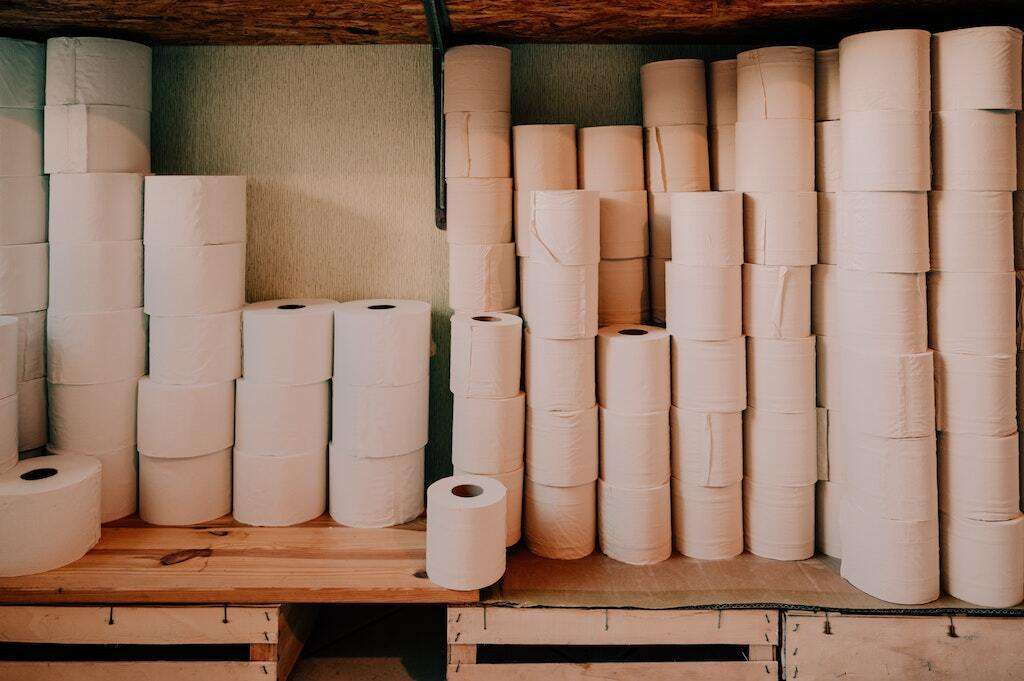
You can also pack some valuables under your bed. For those at risk of an earthquake, having multiple copies of your identification and several “bug out bags” around the house and in your vehicle is a safe bet as you never know where you might be if and when a quake hits.
Mentally preparing for a natural disaster
This is perhaps the most important factor. Panic doesn’t help us in times of great stress. And while the frequency of natural disasters is on the uptick, the chances of a severe situation destroying your home are incredibly slim.
Still, there are a number of ways to mentally prepare yourself for the worst: take up yoga, start meditating, and seek out therapy to work through your feelings and concerns. It’s totally natural to feel stress around the unknown, but you don’t want to let it consume you. How can you acknowledge your feelings and use them constructively?
Planning for a disaster can also bring peace of mind knowing you’ve done as much as possible to ready your home and family. And if a disaster does strike your home, you’ll realize keeping your loved ones safe is the only real priority anyhow.
Related on Ethos:

